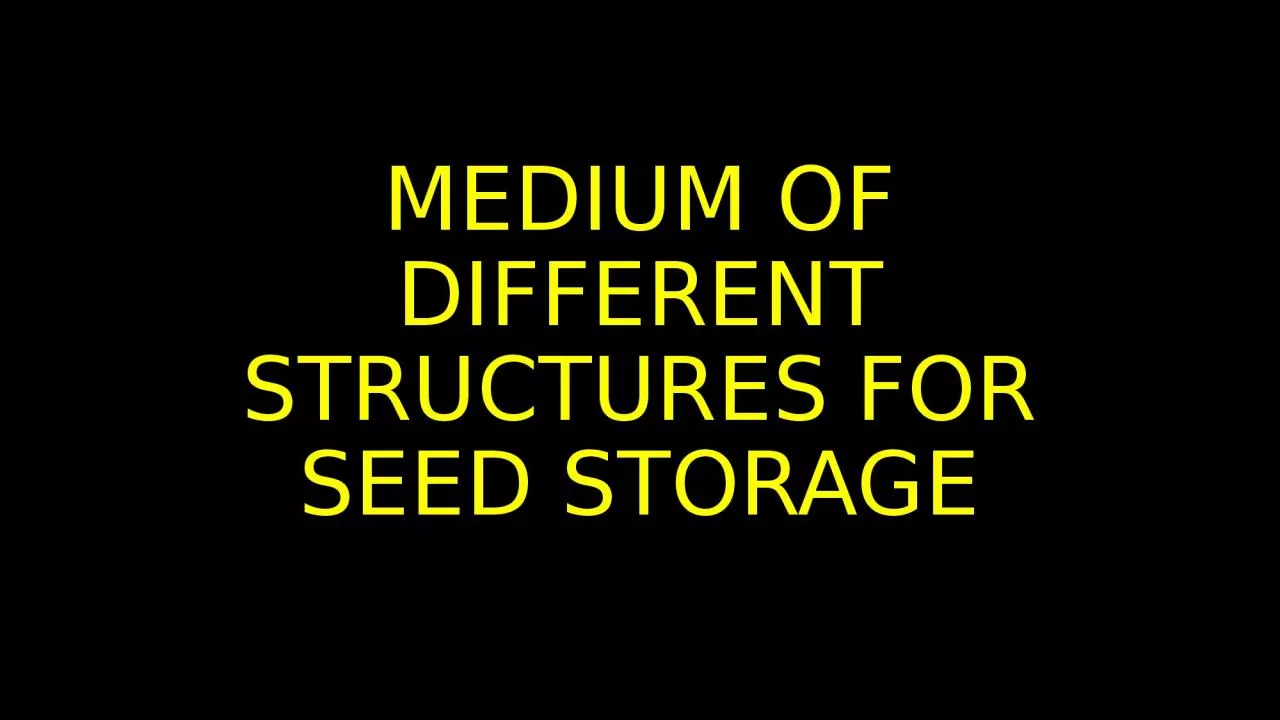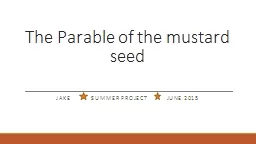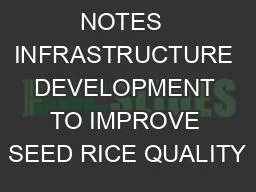PPT-MEDIUM OF DIFFERENT STRUCTURES FOR SEED STORAGE
Author : williams | Published Date : 2023-06-26
IMPROVED RURAL LEVEL STORAGE STRUCTURES 1 Bitumen coal tar drum 2 Hapur bin Kothis 3 Udaipur bin 4 Stone bin 5 Bamboo bin 6 Baked clay bin 7 PKV bin 8 The Pusa
Presentation Embed Code
Download Presentation
Download Presentation The PPT/PDF document "MEDIUM OF DIFFERENT STRUCTURES FOR SEED..." is the property of its rightful owner. Permission is granted to download and print the materials on this website for personal, non-commercial use only, and to display it on your personal computer provided you do not modify the materials and that you retain all copyright notices contained in the materials. By downloading content from our website, you accept the terms of this agreement.
MEDIUM OF DIFFERENT STRUCTURES FOR SEED STORAGE: Transcript
Download Rules Of Document
"MEDIUM OF DIFFERENT STRUCTURES FOR SEED STORAGE"The content belongs to its owner. You may download and print it for personal use, without modification, and keep all copyright notices. By downloading, you agree to these terms.
Related Documents














